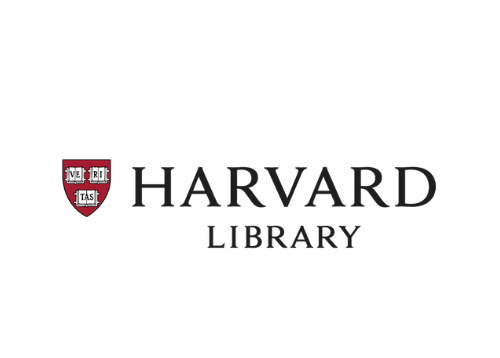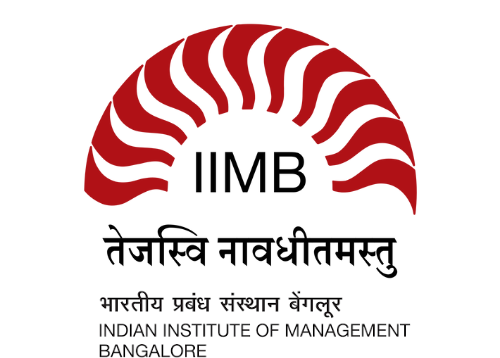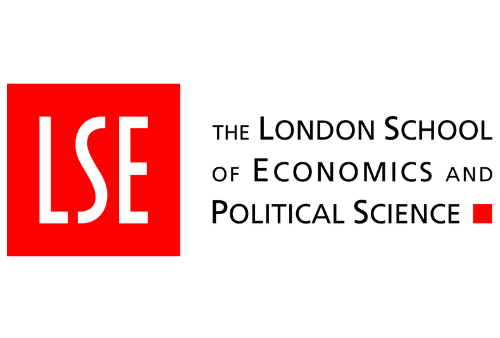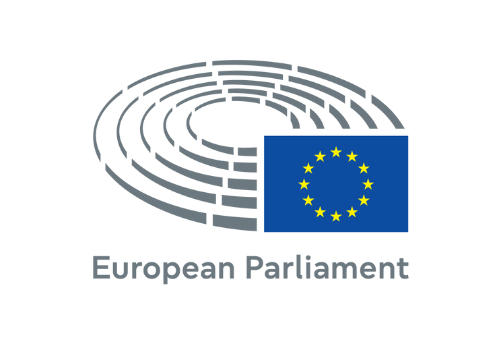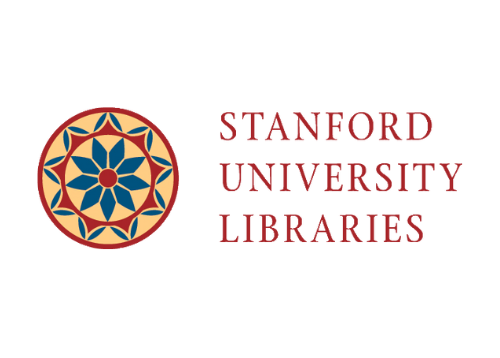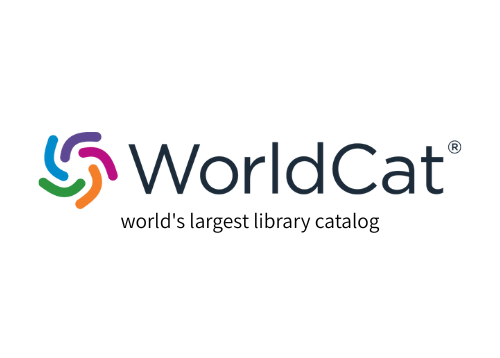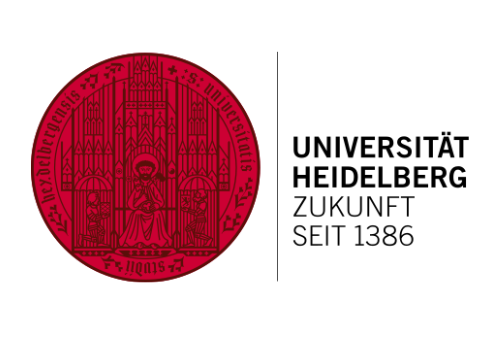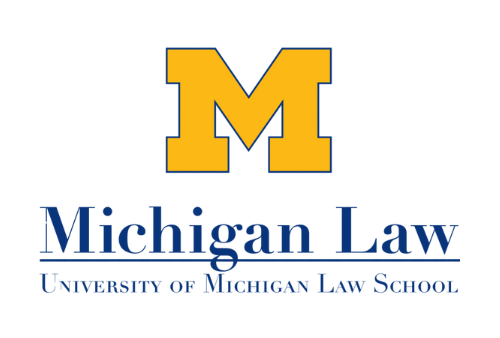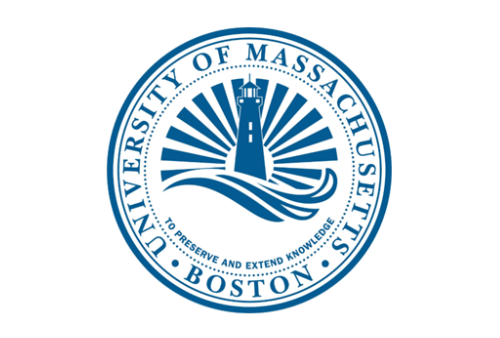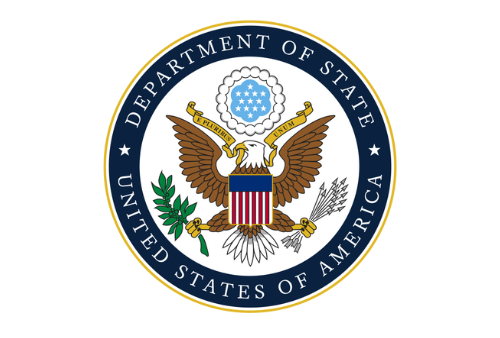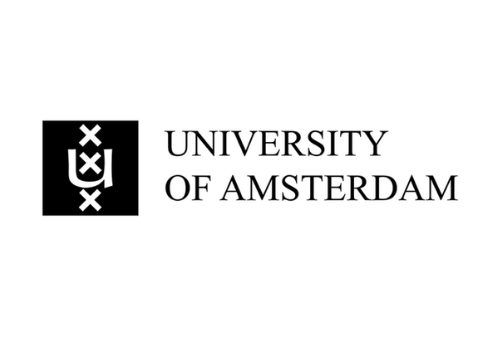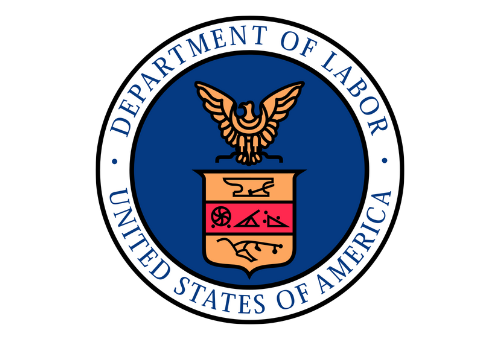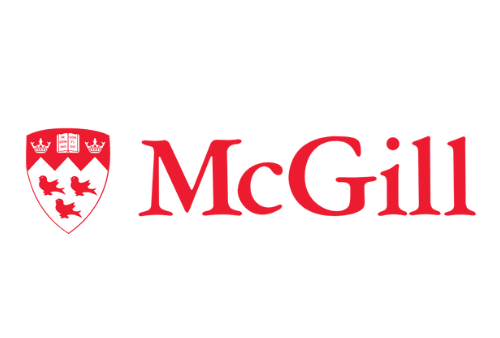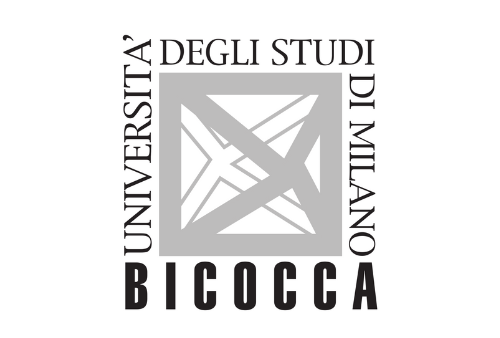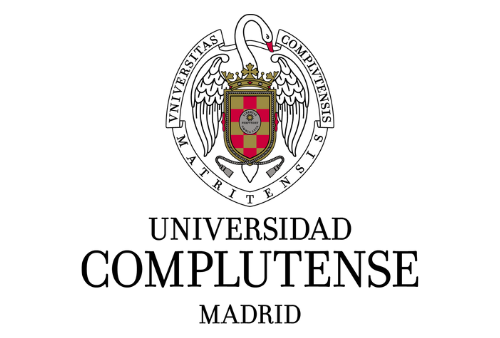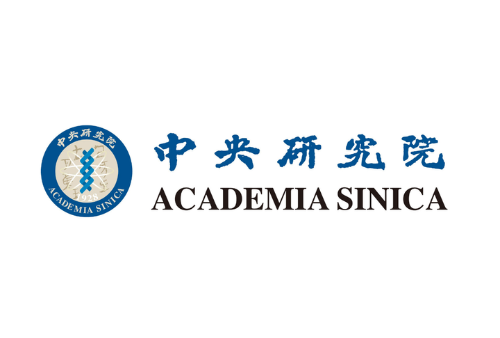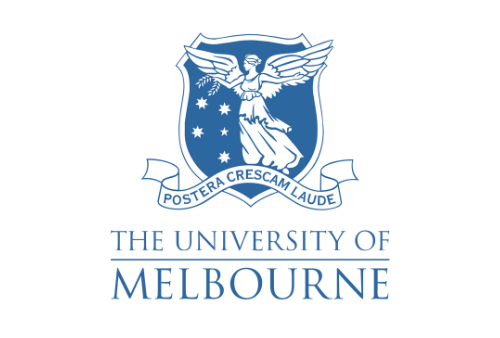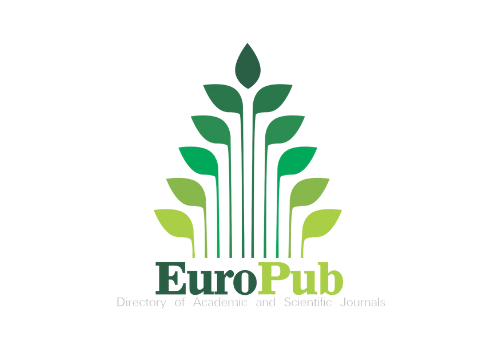FROM CYBERSQUATTING TO META TAGGING – THE EXPANDING SCOPE OF TRADEMARK INFRINGEMENT IN THE DIGITAL SPHERE
Priya Dharshini A, LLM Student, Government Law College, Trichy.
With the rapid expansion of digital commerce, trademark infringement in the digital sphere has grown in complexity and scale. In 2024, trademark owners from 133 countries filed 6,168 domain name complaints under the UDRP marking the second highest annual figure, highlighting the global rise in cybersquatting and related online violations. This paper examines how traditional trademark protection has evolved to address online issues such as cybersquatting, meta-tagging, keyword advertising and impersonation on social media. These tactics divert consumer attention thereby misleading them, exploit brands image and diminish market credibility.
The paper offers an analysis of Indian and international frameworks including the Trade Marks Act, 1999, the INDRP, and the UDRP and identifies enforcement obstacles such as digital anonymity, cross border jurisdiction and weak platform accountability. Further, it addresses new threats from NFTs, block-chain domains, and AI-generated misuse. A 2024 study of NFT marketplaces found 8,000+ infringing collections, linked to $59 million in consumer deception and economic harm. Decentralized domain systems and AI-driven keyword tools pose enforcement challenges that often evade traditional legal remedies.
The paper recommends extending trademark protection to virtual goods, defining AI-related liability, enforcing stricter rules for digital platforms, and implementing faster dispute resolution processes. By integrating case law, data trends and statutory gaps, this paper will strengthen the legal understanding of online trademark risks and equips practitioners with strategies to navigate and address infringement in evolving digital marketplaces.
| 📄 Type | 🔍 Information |
|---|---|
| Research Paper | LawFoyer International Journal of Doctrinal Legal Research (LIJDLR), Volume 3, Issue 2, Page 633–667. |
| 🔗 Creative Commons | © Copyright |
| This work is licensed under a Creative Commons Attribution-NonCommercial 4.0 International License . | © Authors, 2025. All rights reserved. |


